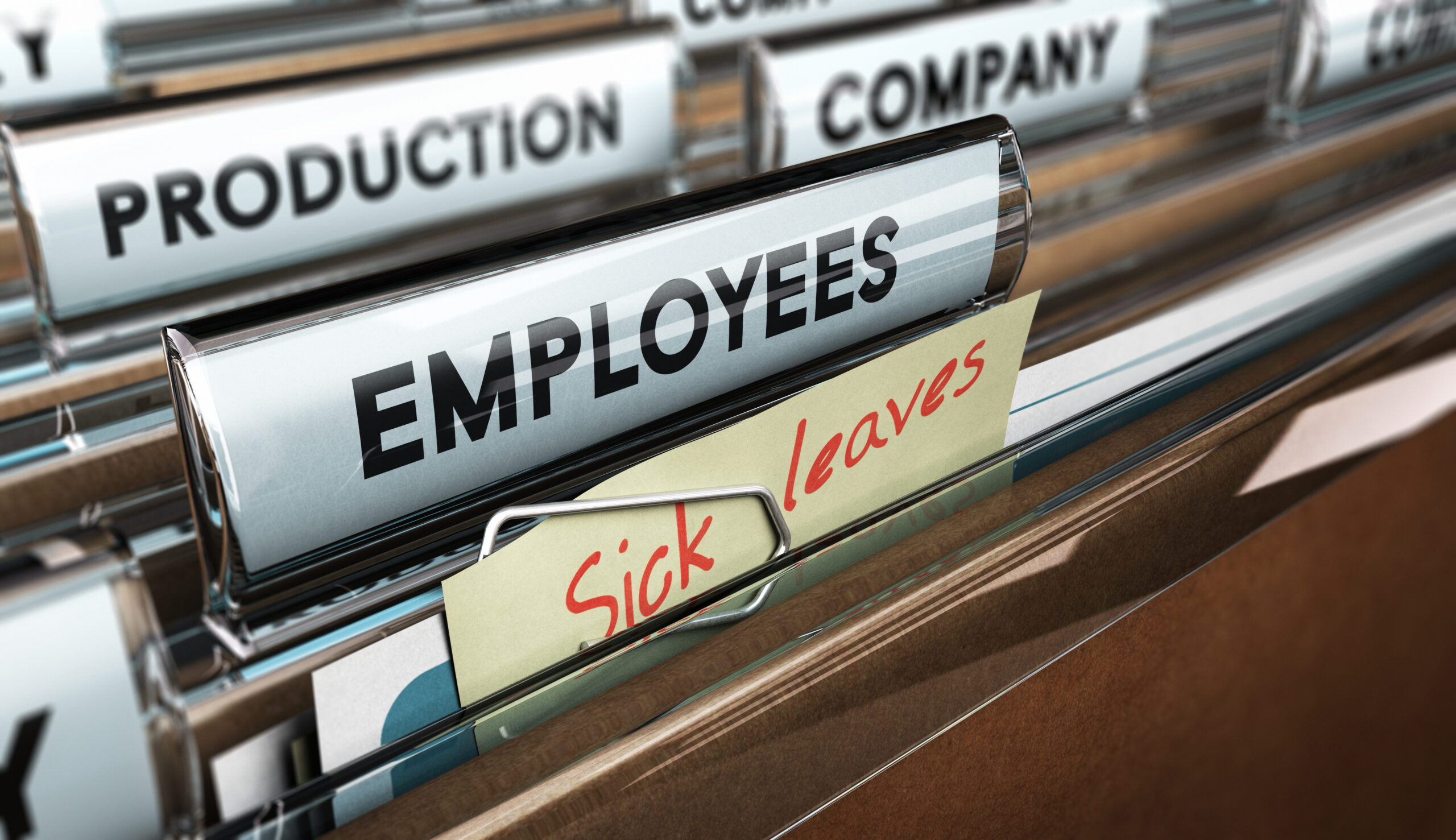What is occupational health?
Occupational health (OH) is a branch of medicine dedicated to the health of those in the workplace. Occupational health professionals assess the impact work is having on employees’ health. They can then provide advice and recommendations to employers on an individual’s fitness for work.
Occupational health services evaluate fitness to work in relation to the role. This means OH assessments will vary depending on the industry, or even the position held by the employee. An office-based job, for instance, would likely have more of a mental impact than a role in construction.
What are fit notes?
A fit note is a written statement from a doctor or other healthcare professional. It serves as evidence for an employee’s physical and mental state, as well as recommendations for employers. Fit notes are not a requirement for employers to provide Statutory Sick Pay (SSP). However, they can be requested when a worker is experiencing a prolonged absence.
Fit notes can only be issued to individuals who have been off work for more than seven consecutive days due to illness. A fit note can include:
- Information on how an employees’ condition could affect their work.
- A statement as to whether it’s believed they’re fit to return to work or not.
- Advice on what steps need to be taken for them to return to work. For example, reduced hours or lessened responsibilities.
 Advice on Settlement Agreements Employees
Advice on Settlement Agreements Employees Advice on Settlement Agreements Employers
Advice on Settlement Agreements Employers